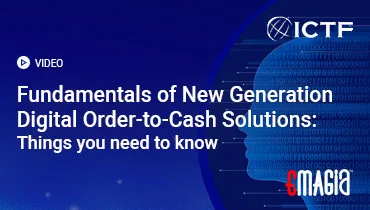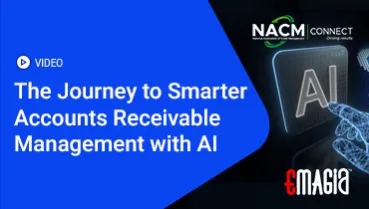Introduction to Net 30 Payment Terms
In business transactions—especially in B2B environments—the term “Net 30” often comes into play. Understanding its implications is crucial for both vendors and clients to ensure smooth financial operations.
What Does Net 30 Mean?
Net 30 refers to a payment agreement where the total invoice amount must be settled within 30 days after the date it was issued. This term allows buyers a 30-day window to settle their dues without incurring any penalties. It’s a common practice in various industries to facilitate cash flow management.
The Significance of Net 30 in Business Transactions
Implementing Net 30 terms can offer several advantages:
- Cash Flow Management: Provides buyers time to manage their finances.
- Customer Relationships: Demonstrates trust, potentially strengthening business relationships.
- Competitive Edge: Offering flexible payment terms can make a business more attractive to potential clients.
Variations and Alternatives to Net 30
While Net 30 is standard, other terms exist:
- Net 10: Payment must be completed within 10 days of the invoice date.
- Net 15: Payment is due within 15 days.
- Net 60/90: Extended payment windows available for certain clients.
These term options are designed to meet diverse client needs and financial practices.
Early Payment Discounts: 2/10 Net 30 Explained
Many businesses offer discounts as an incentive for quicker payments:
2/10 Net 30: A 2% discount is applied if payment is made within 10 days; if not, the total amount is due in 30 days.
Offering such discounts can support better cash flow and decrease late payments.
Implementing Net 30 Terms in Your Business
When deciding to offer Net 30 terms:
- Assess Client Creditworthiness: Ensure clients can meet payment obligations.
- Clear Communication: Clearly state payment terms on invoices.
- Track Receivables: Stay on top of unpaid invoices to maintain healthy cash flow.
Challenges Associated with Net 30 Terms
While beneficial, Net 30 terms can pose challenges:
- Delayed Payments: Some clients may exceed the 30-day period.
- Cash Flow Strain: Waiting for payments can impact the business’s ability to cover its expenses.
- Operational Overhead: Managing and chasing payments can consume valuable time and effort.
Best Practices for Managing Net 30 Terms
To mitigate potential issues:
- Set Clear Policies: Define consequences for late payments.
- Invoice Automation: Implement billing software to handle reminders and payment tracking efficiently.
- Maintain Open Communication: Engage with clients to address payment concerns promptly.
How Emagia Enhances Net 30 Payment Management
Emagia delivers intelligent automation to simplify the handling of Net 30 agreements:
- Smart Invoicing: Minimizes human error and guarantees accurate, on-time billing.
- Real-Time Payment Insights: Offers live tracking of receivables and payment activity.
- Client Communication Tools: Facilitates efficient follow-ups on outstanding payments.
With Emagia’s digital tools, companies can boost cash flow management and ease the workload tied to handling Net 30 payment cycles.
Frequently Asked Questions
What does Net 30 mean on an invoice?
It simply means the full payment is expected within 30 days from the date of invoice issuance.
Is Net 30 standard for all industries?
While common, the use of Net 30 varies by industry and company policy.
Can I negotiate Net 30 terms?
Yes, businesses can negotiate payment terms based on mutual agreement.
What if a client delays payment beyond the 30-day period?
Late payments may incur penalties or interest, depending on the agreed terms.
Are there alternatives to Net 30?
There are also several alternative terms, such as Net 10, Net 15, Net 60, and Net 90, to suit different payment arrangements.
Conclusion
Understanding and effectively managing Net 30 payment terms is essential for maintaining healthy cash flow and fostering strong client relationships. By implementing best practices and leveraging tools like Emagia, businesses can navigate the challenges associated with Net 30 terms and ensure financial stability.



